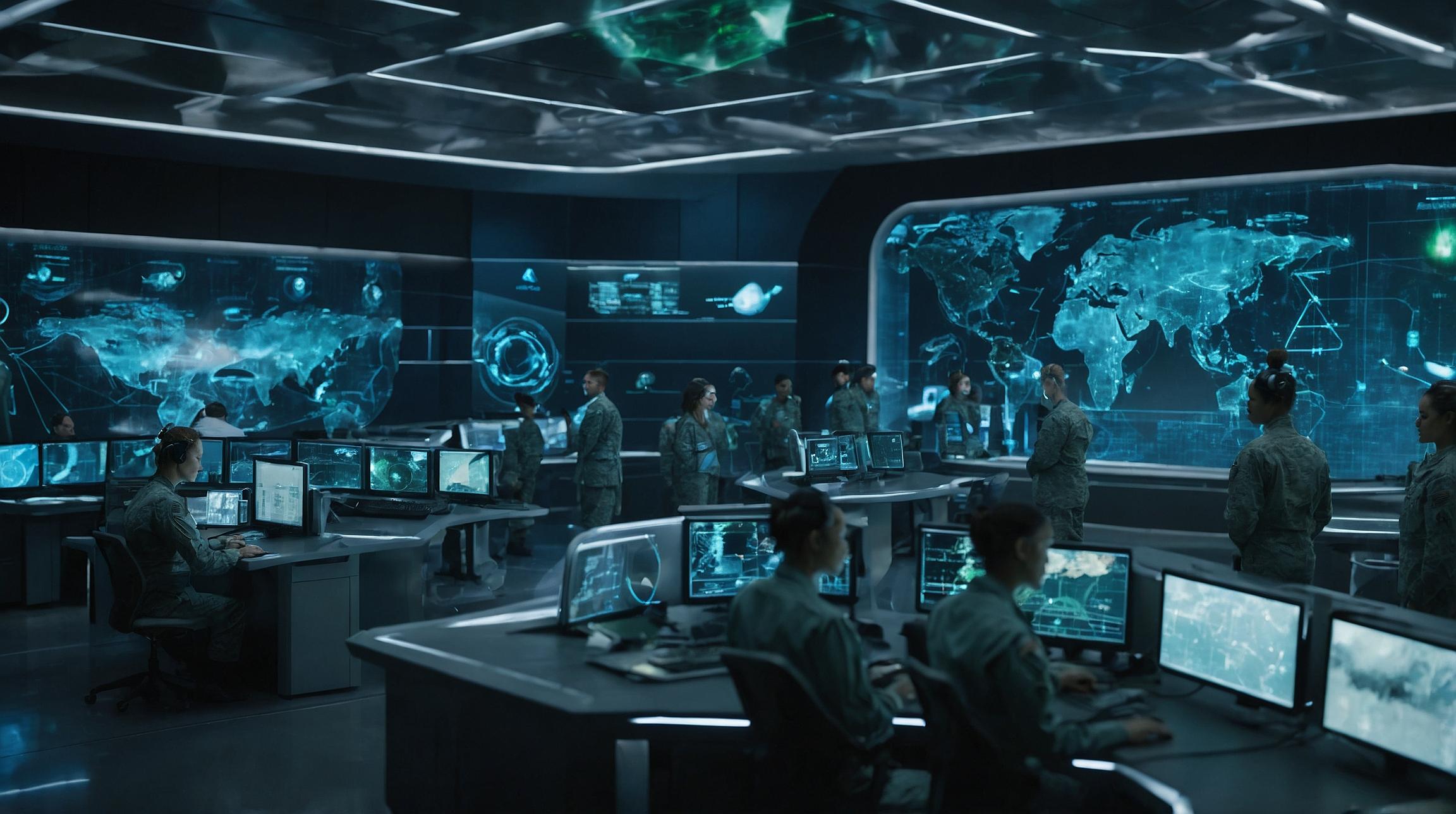Enhancing Transparency in AI Initiatives
The Department of the Air Force has introduced a groundbreaking online platform named CLARA to boost transparency and understanding of its artificial intelligence (AI) and machine learning (ML) initiatives. This centralized tool is designed as a repository to share information, track progress, and explore collaboration opportunities across different AI projects. The primary aim is to ensure that every stakeholder within the department is informed and aligned with these cutting-edge technologies.
Acting DAF Chief Data and AI Officer Chandra Donelson emphasized the importance of clarity for every warfighter regarding the tools available to them, highlighting that transparent access to resources equips them better for success in various missions.
Exploring AI for Air and Space Forces
The Department of the Air Force is actively exploring how advancements in AI and ML can benefit the Air and Space Forces. Through various pilot programs, the DAF is investigating ways AI can enhance both day-to-day activities and tactical operations. One significant role of CLARA is to monitor these programs' progress, financial spending, and avoid unnecessary duplication of efforts.
During the annual Department of the Air Force Information Technology and Cyberpower conference, DAF CIO Venice Goodwine explained that Congress requires the department to maintain an AI inventory to report expenditure and track how AI developments contribute to mission effectiveness. CLARA plays a crucial role in fulfilling this requirement.
The DAF AI Launch Point Initiative
In April, the DAF established the AI Launch Point as a comprehensive resource for all emerging AI capabilities within the department. This platform offers policies, strategies, and training materials, along with an AI Exchange App Store where personnel can experiment with AI technologies.
Introducing NIPRGPT 1.0
Among the innovative tools available is NIPRGPT 1.0, a generative AI chatbot developed in collaboration with the Air Force Research Laboratory. Hosted on the Non-classified Internet Protocol Router Network (NIPRNet), this experimental platform allows the DAF to test and learn from different large language models in practical scenarios. Open-source models like Meta’s Llama and Mistral AI are part of these experiments.
The department is also working on NIPRGPT 1.0+, which aims to merge large language models with internal data through a retrieval-augmented generation (RAG) model, enhancing applicability and performance.
Additional AI Platforms
Besides NIPRGPT, the AI Exchange platform features redForce AI, a DevOps tool for rapid AI capability development, and MACHINA (Mission-Driven Autonomous Collaborative Heterogeneous Intelligent Network Architecture), supporting the Space Force’s space domain awareness efforts.
The launch of CLARA and related initiatives signifies a significant step towards achieving greater transparency and efficiency in leveraging AI technologies for defense purposes. By providing clarity and fostering collaboration, the Air Force is set to enhance its operational capabilities across air and space domains.













